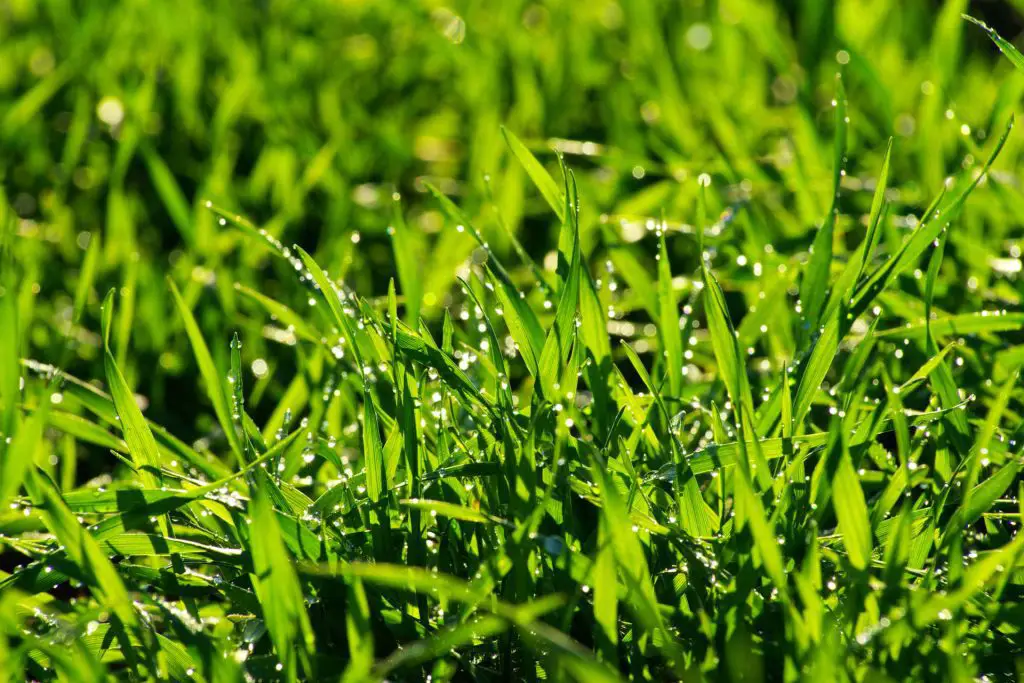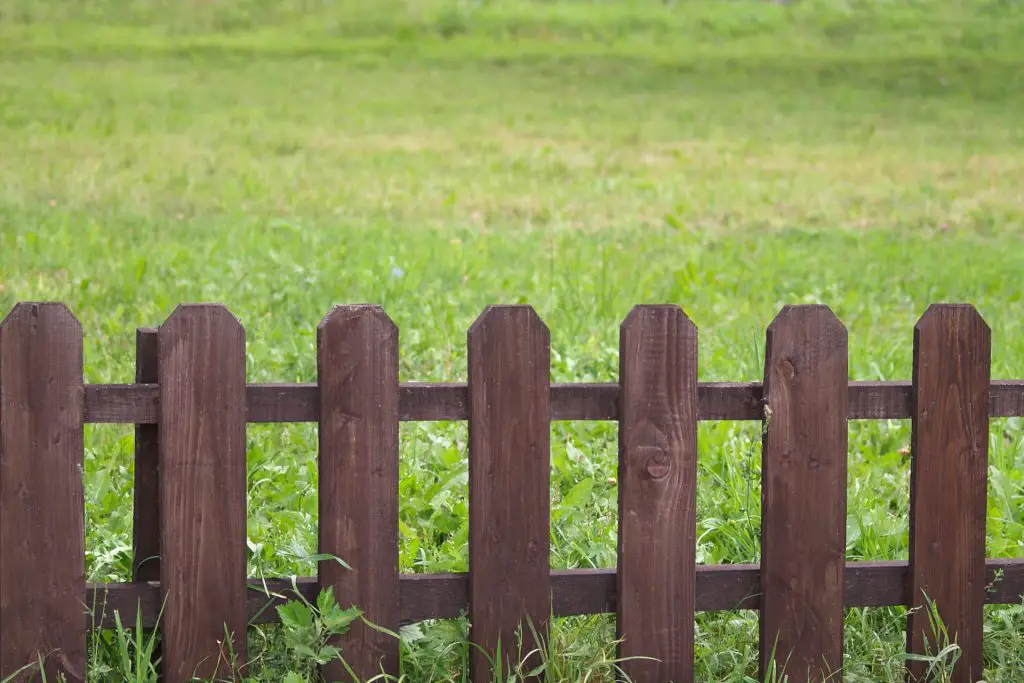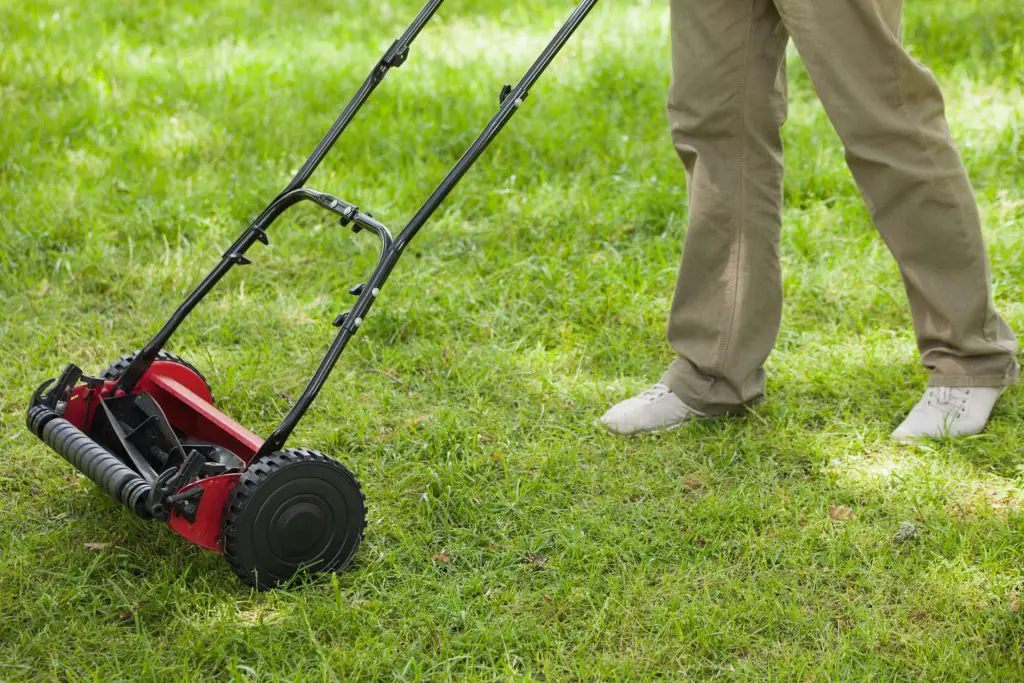Prevent Chinch Bugs Before They Strike: How to Prevent Chinch Bugs from Attacking Your Lawn
- Certain grass types, such as tall fescue, perennial ryegrass, fine fescue, and Kentucky bluegrass, are more resistant to chinch bug infestations.
- Proper irrigation, fertilization, and mowing can help maintain a healthy lawn that is less attractive to chinch bugs.
- Using a preventative pesticide treatment in the spring can help reduce the number of bugs on your lawn.
- Early detection and action is critical in preventing chinch bug infestation and keeping chinch bugs from returning to your lawn in the long term.
Once you’ve identified and treated a chinch bug infestation, you must take steps to prevent the bugs from returning to your lawn. Prevention starts at the beginning with the right grass species. Certain grass types are far more resistant to infestations than others. Below we will look at some of the most common grass variety options for reducing the risk of infestation.
If you are not looking to relay your lawn, then there is still much you can do to prevent chinch bugs. The most effective methods for maintaining a healthy lawn are through proper irrigation, fertilization, and mowing. This is because chinch bugs are attracted to stressed or weakened lawns, so keeping your lawn healthy can make it less desirable to the bugs.
Resistant Turfgrasses for Chinch Bug Prevention

Turfgrasses that have been found to be resistant to chinch bugs include tall fescue, perennial ryegrass, fine fescue, and Kentucky bluegrass.
| Grass Type | Description | Chinch Bug Resistance |
|---|---|---|
| Bermuda Grass | Extremely hardy and easy to maintain | High |
| Zoysia Grass | Bred to resist chinch bugs, grows quickly, requires little maintenance | High |
| Tall fescue | Is highly resistant to chinch bugs due to the presence of endophytic fungus within the grss, which acts as a natural pest repellent | |
| St. Augustine Grass | Popular, hardy, and pest-resistant | High |
| Fescue Grass | Drought tolerant, ideal for golf courses, won’t suffer from chinch bugs | High |
| Ryegrass | Resists chinch bugs well, easy to grow, doesn’t require much care | High |
| Kentucky Bluegrass | Easy to maintain, fairly resistant to chinch bugs, mites, and aphids | Moderate |
| Perennial Ryegrass | Grows quickly, resistant to chinch bugs, looks great | High |
| Annual Ryegrass | Watch out for chinch bugs, attracted to the seeds | Low |
| Centipede Grass | Native grass, resistant to chinchbugs, drought tolerant, low maintenance, attractive | High |
| Redtop | Developed specifically for use as a ground cover, resistant to chinch bugs but susceptible to slugs | Moderate |
When reseeding your lawn, it is important to choose a grass seed blend that includes at least one of these resistant varieties to help prevent chinch bug infestations in the future.
Using Preventative Pesticides or Natural Predators
Using preventative pesticides is an effective way to prevent chinch bug infestations on your lawn. These pesticides work by killing chinch bugs before they have a chance to establish themselves and cause damage to your lawn. One of the most common types of preventative pesticides is granular insecticide. This type of pesticide is applied to the lawn in granular form, typically using a spreader.
Choosing a product specifically formulated to target chinch bugs is important when using granular insecticides. These products typically contain active ingredients such as carbaryl, cyfluthrin, or bifenthrin. Following the manufacturer’s instructions for application rates is essential, as applying too much or too little product can decrease its effectiveness.
To get the best results, apply granular insecticide to your lawn in the spring before chinch bugs are active. This allows the pesticide to work effectively before the bugs have a chance to establish themselves and cause damage to your lawn. It is also important to repeat the application after 4-6 weeks to ensure that any eggs or newly hatched bugs are also eliminated.
Introducing Natural Predators
If you have a good amount of natural predators, you can prevent chinch bugs from establishing themselves in the first place. Lady bugs, lacewings, hoverflies, and praying mantis all enjoy feeding on chinch bugs and are their natural predators.
Early Detection

Early detection of chinch bugs and action is one of the most critical steps in preventing chinch bug infestation. Chinch bugs are small, black insects that feed on the roots of grass plants. They can cause significant damage to lawns if left untreated, so it is crucial to address infestations as soon as they are detected. Signs of a chinch bug infestation include brown, wilted patches of grass and a noticeable increase in the presence of ants in the affected area.
If you suspect your lawn may be infested with chinch bugs, it is essential to deal with the problem or seek professional help as soon as possible. By staying vigilant, you can take action before the damage becomes too severe and keep chinch bugs from returning to your lawn in the long term.
A Good Water Regime Helps Prevent Chinch Bugs
Watering your lawn correctly is an integral part of preventing chinch bugs. Chinch bugs are attracted to stressed lawns; therefore, keeping your grass well-watered can reduce chance of chinch bugs.
We recommend you water your lawn deeply and infrequently. This means watering your grass areas for a more extended period of time but less frequently. This method of watering allows the water to reach the roots of the grass, promoting more profound root growth and making the lawn less susceptible to chinch bugs.
A general rule is to water your lawn with 1-1.5 inches per week, which can be achieved by watering your grass for about 30 minutes 3 times a week. Of course, the amount of water needed may vary depending on factors such as the type of grass, the weather, and the soil conditions.
It is also important to water your lawn at the right time of day. The best time to water your lawn is early in the morning, between 4 am and 10 am. Watering in the morning allows the grass to dry off before the day’s heat, reducing the risk of fungal diseases. Watering in the evening or at night can lead to disease issues, as the grass remains wet for too long.
In addition to watering correctly, it is crucial to monitor your lawn for signs of drought stress, such as wilted or yellowing grass, and to adjust your watering schedule accordingly. Regularly monitoring your grass areas will allow you to catch any issues early and take action to prevent chinch bugs before they become a problem.
Fertilizing to Prevent Chinch Bugs
Fertilizing your lawn is important to maintaining a healthy, lush lawn. However, it should also be noted that over-fertilizing can create ideal conditions for chinch bugs to thrive.
Using the correct type of fertilizer goes a long way toward preventing chinch bugs from becoming a problem. A fertilizer that is high in nitrogen is the best option for promoting new growth and maintaining strong stems in the grass.
The problem with over-fertilizing is that it can lead to an abundance of weeds, providing a perfect habitat for chinch bugs. To prevent over-fertilizing, we suggest you fertilize after mowing and removing dead grass and weeds before applying fertilizer.
Reseeding After Chinch Bug Damage
Although it won’t directly prevent future infestations, it is advisable to reseed the bare patches of lawn left behind as soon as possible. This will help quickly fill in the bare spots and provide a healthy, lush lawn, and the reseeding process will help ensure there are no eggs still in the soil.
To reseed:
- Start by tilling the soil in the affected areas to ensure that it is loose and aerated.
- Add a layer of fresh loam/compost to the soil, and spread the grass seed evenly over the area.
- Cover the seed with a thin layer of straw or mulch to help keep it in place and retain moisture.
Ensure you adequately water the seeded areas daily for the first two weeks to allow the new grass seed germinates and establishes itself properly.
Dethatching for Chinch Bug Prevention
Dethatching removes the layer of dead grass, known as thatch, that accumulates on top of the soil. This layer can provide a haven for chinch bugs and also can chemically bind to many pesticides, making them less effective.
To prevent chinch bugs, keep thatch to a minimum. A simple way to do this is to use a rake or dethatching tool to remove the thatch from the lawn. We advise you to do this in the early spring or fall when the lawn is actively growing.
You may require professional help or need to hire a dethatcher if there is heavy thatch. As well as removing thatch, it is important to maintain a healthy lawn by mowing regularly, watering correctly, and fertilizing appropriately, as discussed above, to minimize the build-up of thatch in the future.
Mowing Your Lawn to the Right Height

Mowing your lawn correctly can also help reduce the chances of a chinch bug infestation. Moving is an integral part of maintaining a healthy, lush lawn.
Regular mowing helps keep down the number of weeds and grasses, which can provide ideal habitats for chinch bugs. The best practice is to mow before the grass gets long enough to shade out sunlight. Mowing your lawn to the correct height is essential to prevent chinch bugs. The ideal height for most lawns is 3-4 inches. At this height, sunlight can reach the soil so the plants can absorb water and nutrients.
In addition, correct mowing techniques can aid in the reduction of thatch development, which can attract chinch bugs. When cutting, you should remove no more than 35 to 40% of the leaf blade at a time for maximum turfgrass health. Doing so ensures that the lawn is healthy, less stressed, and consequently less attractive to chinch bugs.
In Our Experience, Prevention is Crucial
In truth, the last thing you want to face is a chinch bug infestation. By incorporating chinch bug prevention measures into your lawn care regime, you can ensure that you don’t get an infestation.
If you have t good resilient grass variety, such as Tall fescue, you are halfway there, but it is generally not practical to relay your lawn. It is, therefore, essential that you apply the appropriate pesticides every year in spring or look to introduce benevolent insects that are predators of chinch bugs.
Beyond this, you should look to practice good lawn care habits, such as regular mowing, watering correctly, and fertilizing appropriately, to create an environment less attractive to chinch bugs. By combining preventative pesticides with good lawn care, you can effectively prevent chinch bug infestations and enjoy a healthy, lush lawn.
